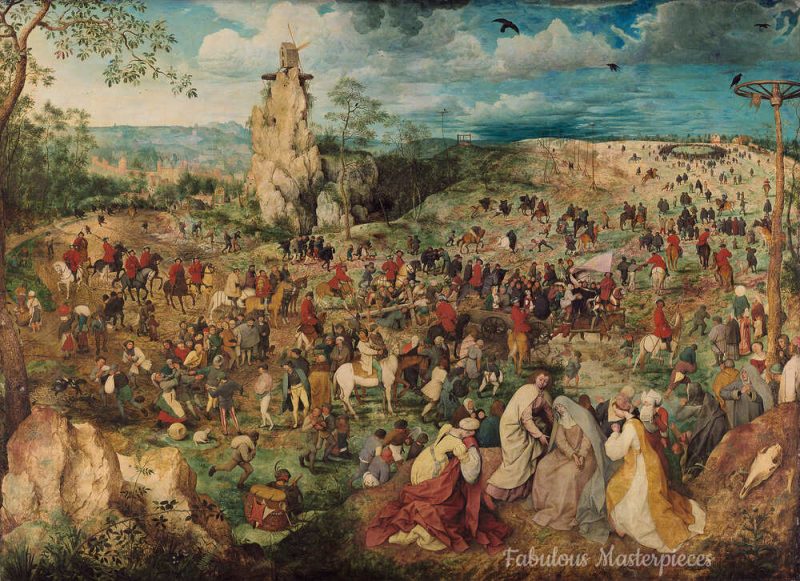How to Become Catholic Online
The internet has made it easier than ever to explore and join the Catholic faith. Whether you are drawn by Catholic traditions, teachings, or a personal spiritual call, this guide will help you become Catholic online.
Understanding the Catholic Faith
First, you need to understand the basics of the Catholic faith. The Catholic Church is based on the teachings of Jesus Christ and the Apostles. It is guided by Sacred Scripture, Sacred Tradition, and the Magisterium (the Church’s teaching authority). The Catechism of the Catholic Church states, “The task of interpreting the Word of God authentically has been entrusted solely to the Magisterium of the Church” (CCC, 85).
Step 1: Research and Learn
Start by learning about the Catholic faith. The internet offers many resources:
- Catholic Websites: Websites like Vatican.va, Catholic Answers, and EWTN provide extensive information on Catholic teachings and practices.
- Online Catechism: The Catechism of the Catholic Church is available online. Reading it will give you a solid understanding of the faith.
- YouTube Channels and Podcasts: Channels like Ascension Presents and Bishop Robert Barron’s Word on Fire offer engaging content on various aspects of Catholicism.
Step 2: Connect with an Online Catholic Community
Joining a community is important for your spiritual growth. Here are ways to connect:
- Online Forums and Social Media Groups: Join Catholic forums and Facebook groups. You can ask questions, share experiences, and receive support from other Catholics.
- Virtual Bible Studies and Prayer Groups: Many parishes and Catholic organizations offer online Bible studies and prayer groups. Participating in these can help deepen your understanding and faith.
- Online Retreats and Webinars: Look for online retreats and webinars focused on different aspects of Catholic spirituality. These are often led by knowledgeable clergy and lay leaders.
Step 3: Begin the Rite of Christian Initiation for Adults (RCIA)
The RCIA is the process established by the Church for individuals to become Catholic. It usually involves several stages:
- Inquiry: This is the initial phase where you express your interest and begin to learn more about the faith. You can ask questions and decide if you are ready to proceed.
- Catechumenate: At this stage, you will receive formal instruction in the Catholic faith. This is usually done through weekly classes or sessions, which many parishes now offer online.
- Purification and Enlightenment: This phase typically coincides with Lent and is a period of deeper spiritual preparation. You will participate in specific rites and rituals designed to strengthen your faith.
- Sacraments of Initiation: During the Easter Vigil, you will receive the Sacraments of Baptism (if not previously baptized), Confirmation, and the Eucharist, officially becoming a member of the Catholic Church.
Step 4: Participate in Online Mass and Confession
While the goal is to participate in the sacraments in person, many parishes offer live-streamed Masses and online confession scheduling. Participating in these can keep you connected to the liturgical life of the Church.
- Virtual Mass: Attend Mass online through platforms like YouTube or parish websites. This helps you stay engaged with the Church’s liturgical calendar and community worship.
- Confession: While confession typically requires physical presence, you can prepare for the sacrament through virtual spiritual direction and by making an examination of conscience available on many Catholic websites.
Step 5: Foster a Personal Prayer Life
Developing a personal relationship with God through prayer is vital. Utilize online resources to enhance your prayer life:
- Prayer Apps: Apps like iBreviary, Laudate, and Hallow offer daily prayers, readings, and reflections.
- Online Adoration: Some websites provide live-streams of Eucharistic Adoration, allowing you to spend time in prayer before the Blessed Sacrament virtually.
- Daily Reflections: Subscribe to daily reflection emails or follow Catholic spiritual leaders on social media for daily inspiration.
Step 6: Seek Spiritual Guidance
Connecting with a priest or a spiritual director online can provide you with personalized guidance. Many priests offer virtual appointments and can help answer your questions, guide your spiritual growth, and prepare you for the sacraments.
Step 7: Engage in Acts of Service
Living out your faith involves serving others. Find online opportunities to volunteer, donate, or support charitable causes aligned with Catholic teachings. Websites like Catholic Charities offer ways to get involved and make a difference.
Final Thoughts
Becoming Catholic is a profound journey of faith and discovery. As you navigate this path online, remember that the Church is a community, and you are not alone. Embrace the resources available to you, connect with others, and most importantly, open your heart to the transformative power of God’s grace.
In the words of St. Josemaria Escriva, “God calls us through what happens during our day: in the joys and sorrows of the people we live with, in the human interests of our colleagues, and in the things that happen to us in our personal life” (The Way, 275). May your journey to becoming Catholic be filled with blessings, growth, and a deepening relationship with Christ and His Church.
